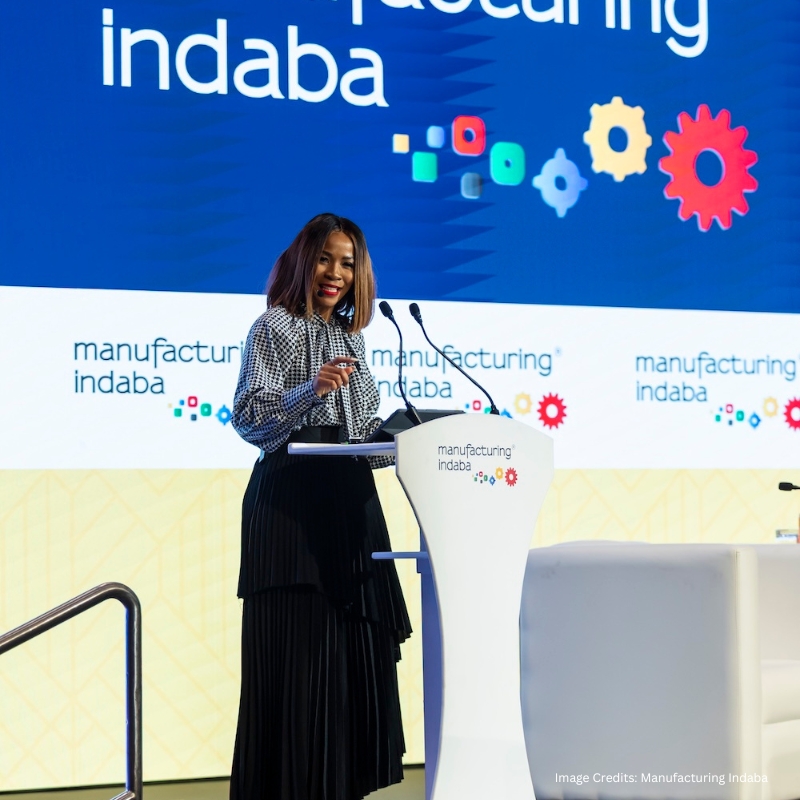
The Manufacturing Indaba 2025 was a powerful reflection of the complex landscape shaping African industrial growth today. Across sessions, conversations pointed not only to the potential of the continent but to the entrenched structural and strategic gaps holding manufacturers back. From regional integration to the digitalisation of operations, stakeholders explored how to build resilient, future-oriented manufacturing ecosystems. The discussions at this year’s Indaba reinforced this approach, highlighting both significant hurdles and exciting prospects in the manufacturing sector.
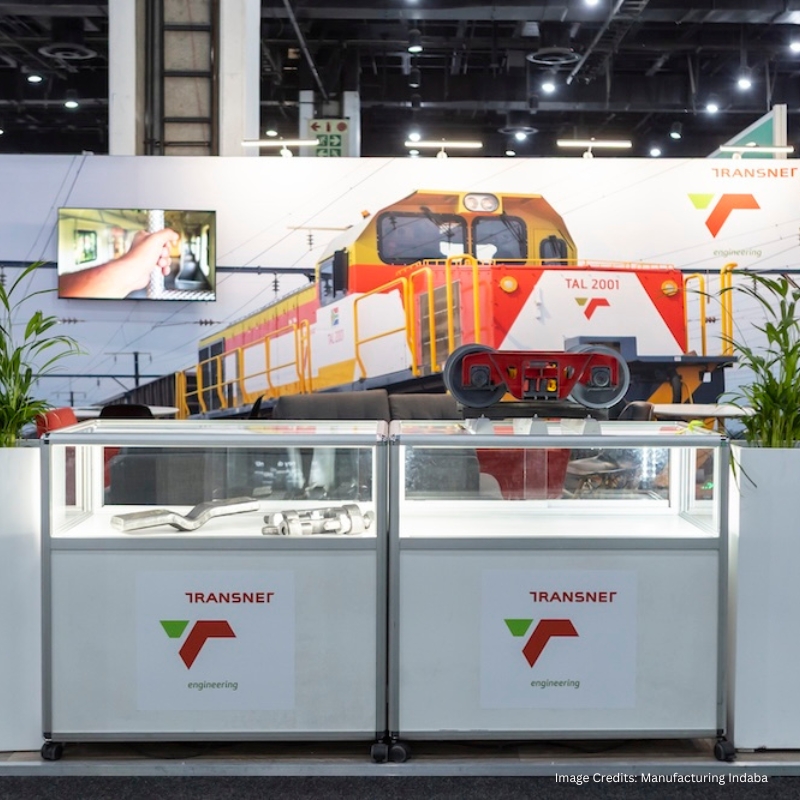
Port Paralysis and the Transnet Challenge
One of the most pressing and tangible challenges discussed outside the formal agenda was the situation unfolding at the ports particularly in KwaZulu-Natal. Industrial players operating out of port zones face major uncertainties due to delayed lease renewals from Transnet. The lack of 25 year lease extensions has resulted in widespread hesitation to reinvest, effectively placing a pause on growth and infrastructure upgrades. This stagnation, month after month and year after year, signals deeper governance risks for companies reliant on logistics infrastructure. Some players have started investing in adjacent facilities to ensure continuity, but the preference for port-based expansion remains strong. The uncertainty has become a growth bottleneck.
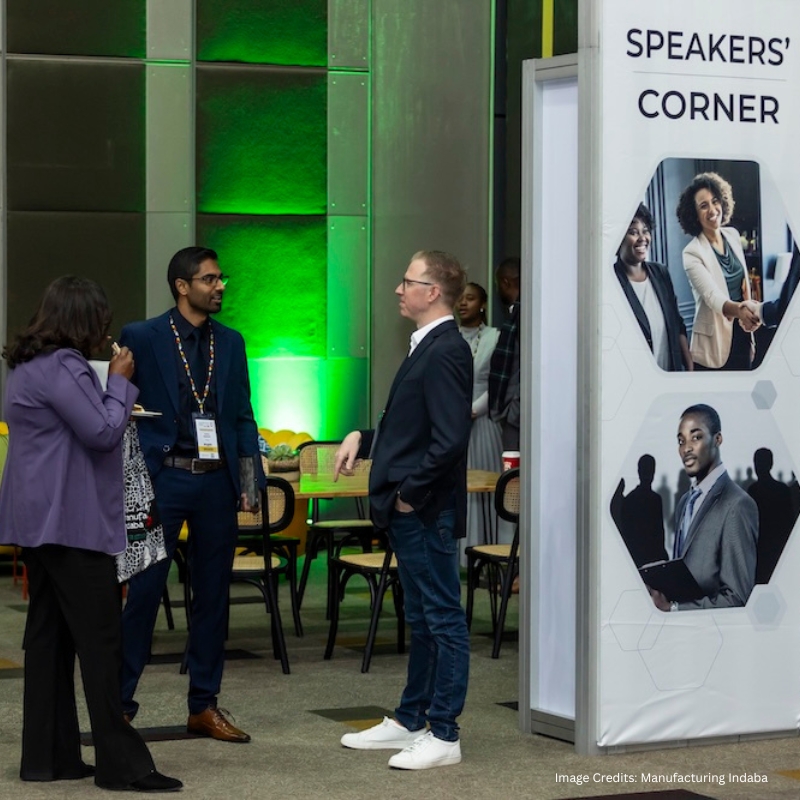
Strategic Gaps in Integration and Trade
The Indaba spotlighted the African Continental Free Trade Area (AfCFTA) as a lever for transformative growth. The potential to reduce trade barriers, unify compliance standards, and access broader regional markets is significant. Yet, for this to truly bear fruit, the continent must tackle the realities of inefficient infrastructure, fragmented policy, and limited harmonisation between states.
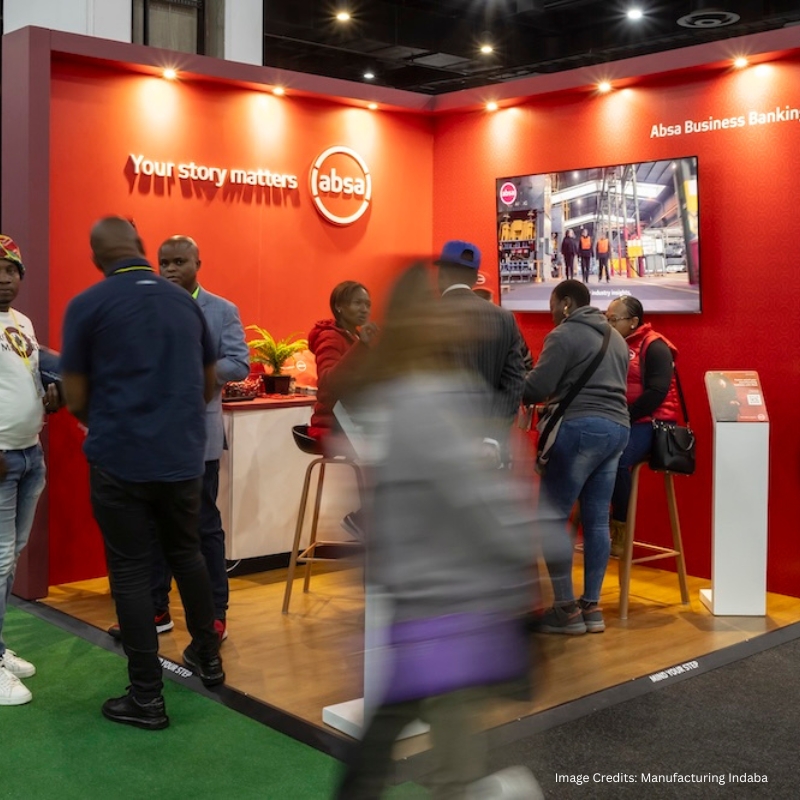
Capital Access: The Readiness Disconnect
Financial access was another recurring issue. While the theoretical capital is available from banks to development finance institutions to private equity the real barrier lies in readiness. Manufacturers, especially small and mid-sized ones, frequently lack the capacity or structure to meet funding criteria. This isn’t a failure of intent but of alignment between funders and real-world business constraints.
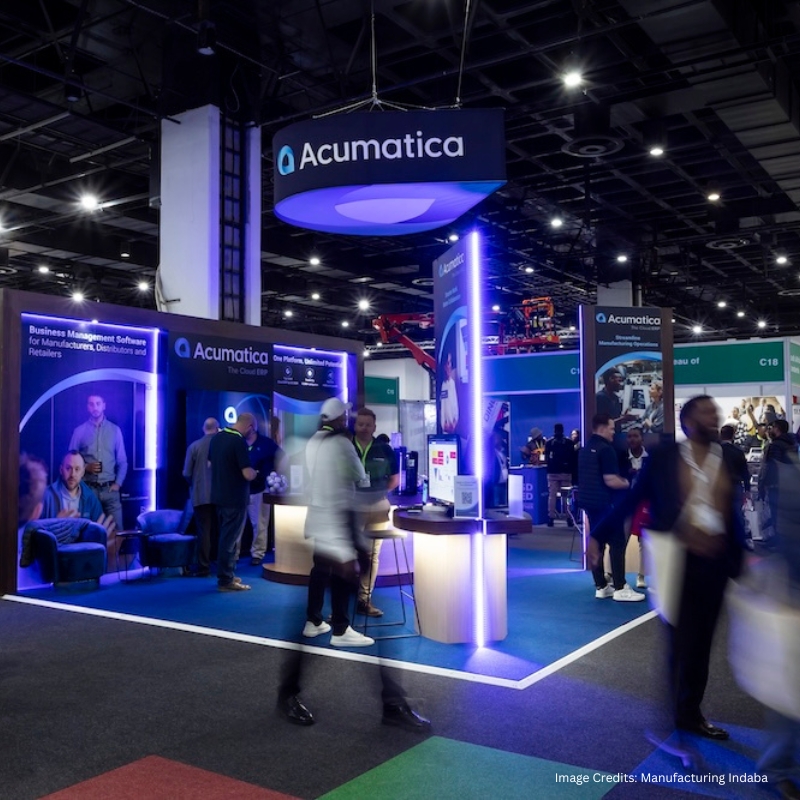
Sustainability Isn’t a Checkbox
Sustainability also emerged as a key area where long-term competitiveness can be won or lost. Renewable integration, energy-efficient systems, and circular practices were presented as necessities not ideals. However, high upfront costs, lack of policy clarity, and an absence of structured funding mechanisms continue to hold these transitions back.
Digital Ambitions vs Infrastructure Realities
Equally urgent was the conversation around Industry 4.0. From AI to smart factories, manufacturers are aware of the need to digitise. Yet digital transformation without a backbone of infrastructure, skills development, and cybersecurity is a non-starter.
Strategic Recommendations
- Address governance and regulatory delays, particularly those affecting logistics hubs such as ports.
- Push for proactive lease extension policies to unlock capital investment tied to long-term tenancy security.
- Align finance-readiness support structures with funder expectations to convert capital availability into actual disbursement.
- Treat sustainability as a strategic imperative, not a compliance checkbox, and finance it accordingly.
- Build infrastructure and digital ecosystems that are adaptive, secure, and inclusive.
Africa’s manufacturing future will not be realised through vision alone. It requires precise, risk-aware strategy, institutional commitment, and a willingness to build systems that outlast short-term pressures. Manufacturing Indaba 2025, Africa industrialisation, Uzenzele Holdings, strategic readiness, finance access, Industry 4.0, AfCFTA, sustainable manufacturing, green energy, manufacturing resilience, African manufacturing, investment barriers, regional trade, AI in manufacturing, public-private partnerships
